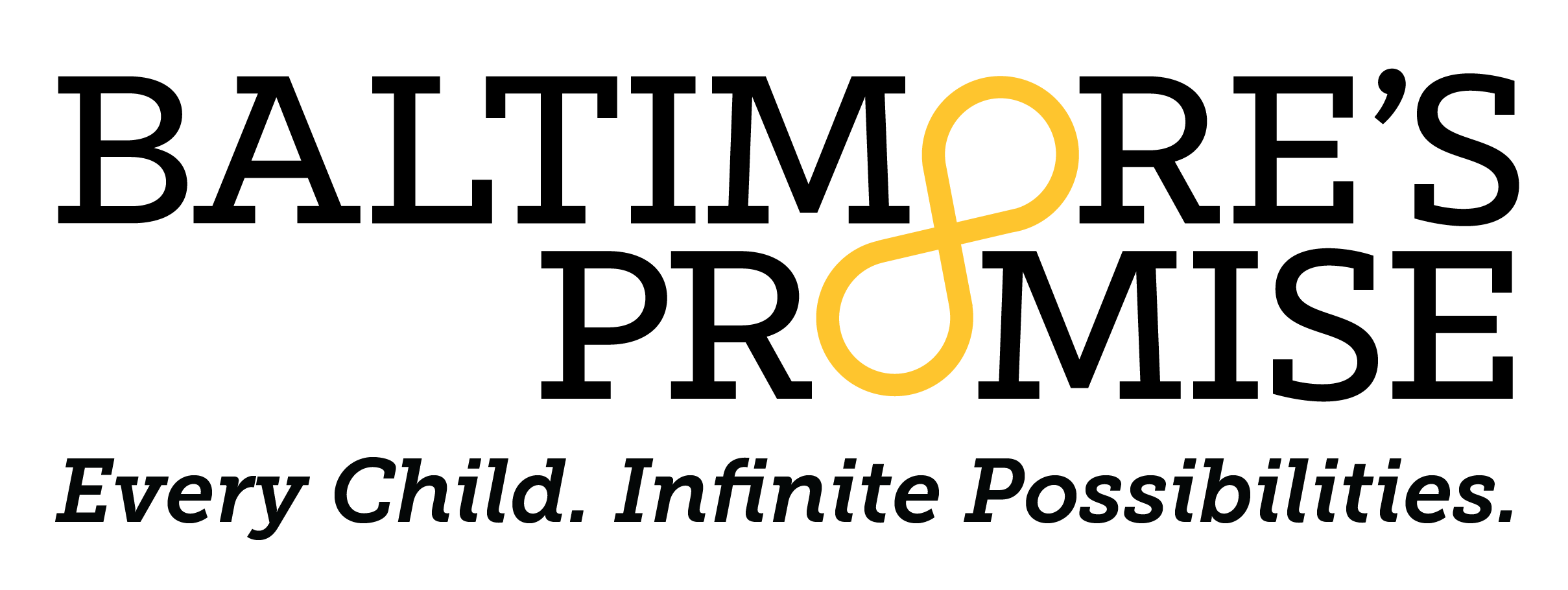Filling Gaps to Smooth the Pathway of Baltimore's Youth
When James Sadler, director of research and analytics at Baltimore’s Promise, thinks about the organization’s deepening focus on older youth, he describes it as a natural, data-driven extension of a constant, driving mission. Watch James discuss Baltimore’s Promise’s work for older youth.
“We’re looking at the pathway for young people in Baltimore City from cradle to career, from 0 to 24. We look at the data and lived experiences of Baltimore City youth to understand the parts of that pathway that are broken or disconnected — and where we can serve our role as a convener and an organizer to fill in those patches,” he said.
Starting with a 2018 report from Baltimore’s Promise, in collaboration with the Baltimore Education Research Consortium (BERC), it was clear that older youth were on part of the pathway that felt disconnected. The report looked at the educational and employment outcomes of graduates from Baltimore City Public Schools’ class of 2009 and found that 26% didn’t enroll in college or show up in the Maryland workforce in the fall after graduation.
“Data from that essential report was rather harrowing,” Sadler said. “We often stress the importance of high school graduation, hoping graduation is itself a way for our young people to access higher education or workforce opportunities. To see that … wasn't the case for over a quarter of the graduating class kind of lit a signal fire.”
Lighting the way
Baltimore’s Promise saw a role in organizing and rallying other public- and private-sector partners across the city to begin filling the identified gaps, which quickly led to a pilot of Grads2Careers (G2C) in 2018. Building on previous efforts, G2C began connecting City Schools graduates who didn’t plan to attend college immediately with workforce training in promising career paths and other related supports. Analyses show that G2C graduates made more annually than the class BERC studied, six years after graduation — even if they attended college.
“We’re not declaring victory whatsoever,” Sadler said, describing the need to push for higher wages and grow relationships with employers in high-paying industries. “There’s still a lot of work to do. But the most recent data shows that we’re on the right path.”
Offering a clear view of youth-focused opportunities
Baltimore’s Promise’s work on the Baltimore City Youth Opportunity Landscape (BCYOL) provided another view on the needs of older youth. Through a quantitative catalog of programs available to youth across the city and focused conversations with young people, parents and caregivers, the organization found a clear need to provide more opportunities to older youth.
Specifically, BCYOL showed four times more opportunities for elementary-aged children than for young people out of school. Even those opportunities that focused on older youth were typically limited, such as the city’s successful Youthworks initiative, which runs (for most participants) for five weeks in the summer, leaving large gaps through the rest of the year.
Through BCYOL, Baltimore’s Promise also asked older youth about the barriers — such as childcare, transportation, or flexibility in hours — that stopped them or their families from participating in available programs or opportunities. This comprehensive view of opportunities allowed the organization to advocate and inform discussions around related policies and programs in the public and private sector.
“We’re the administrative backbone of the Summer Funding Collaborative where we were able to talk with funders of programs and say, ‘Hey, we see that there’s a lack for older youth. What can we do?’” Sadler said.
In the 2022 cycle of the SFC, there was an 82% increase in funding granted for programs serving high schoolers or youth ages 14-24, compared with the previous year. This included the Baltimore Children and Youth Fund, which used BCYOL data to focus their funding specifically on BIPOC-led programs and those for older youth.
Driving efficient, equitable change
Other Baltimore’s Promise initiatives include a growing focus on literacy for older youth and the development of the Baltimore City Youth Data Hub, which will provide individual-level data that allows partners to see sources of disconnection for young people in Baltimore — the parts of the pathway from cradle to career that are broken.
“One of the things we heard from older youth, both in our literacy data walks and in BCYOL focus groups, was the feeling of disinvestment in their own livelihoods as they grew older,” Sadler said. “If we’re able to identify what are the causes of disconnection or what are specific policies or targeted interventions, we’re able to more efficiently and equitably drive policy and change to help older youth.”
